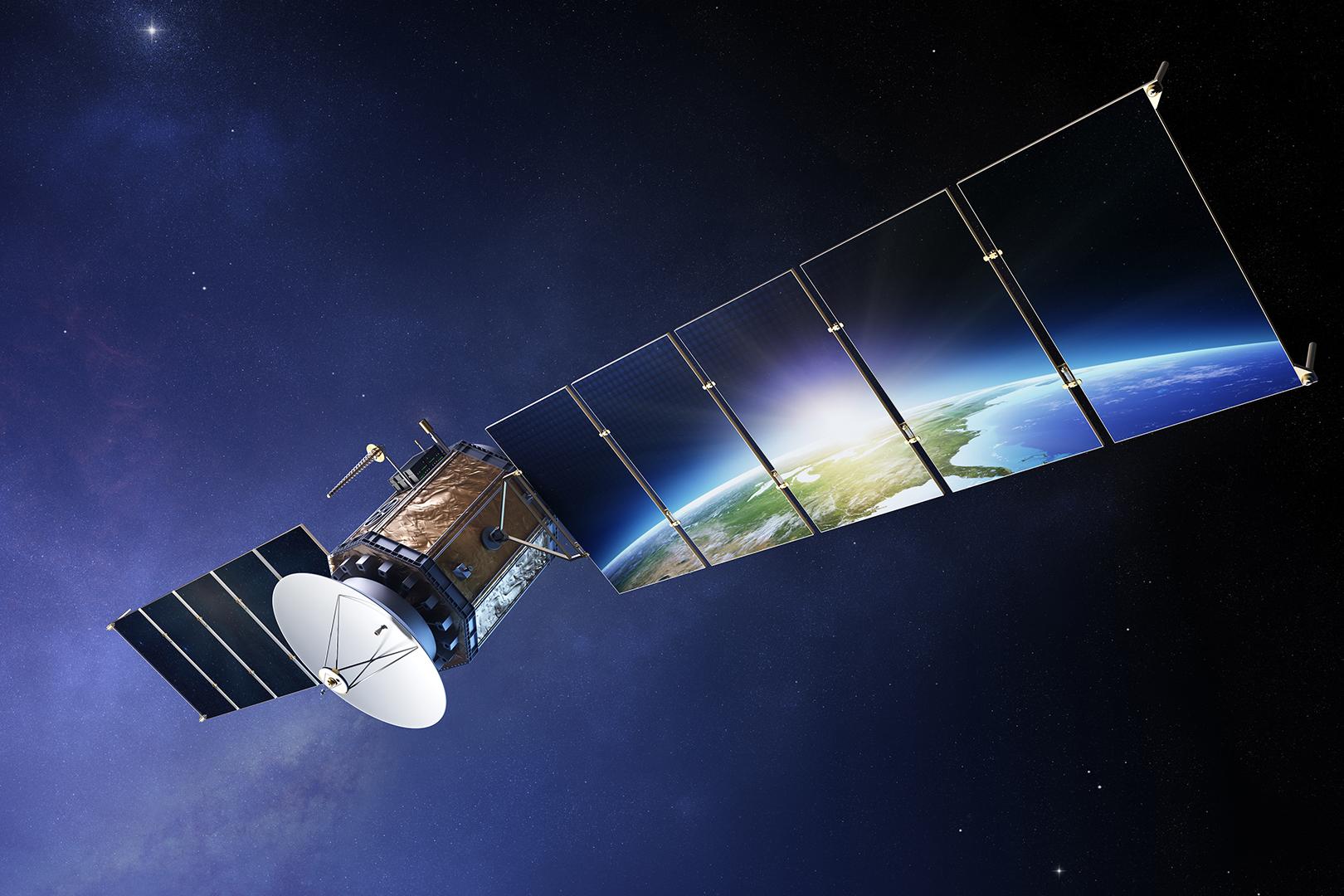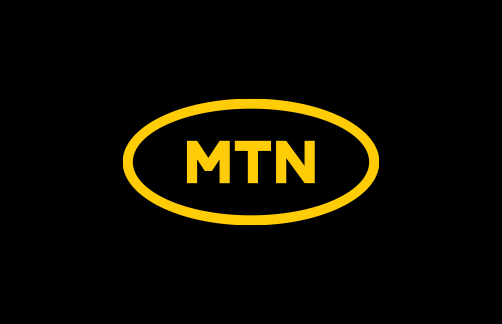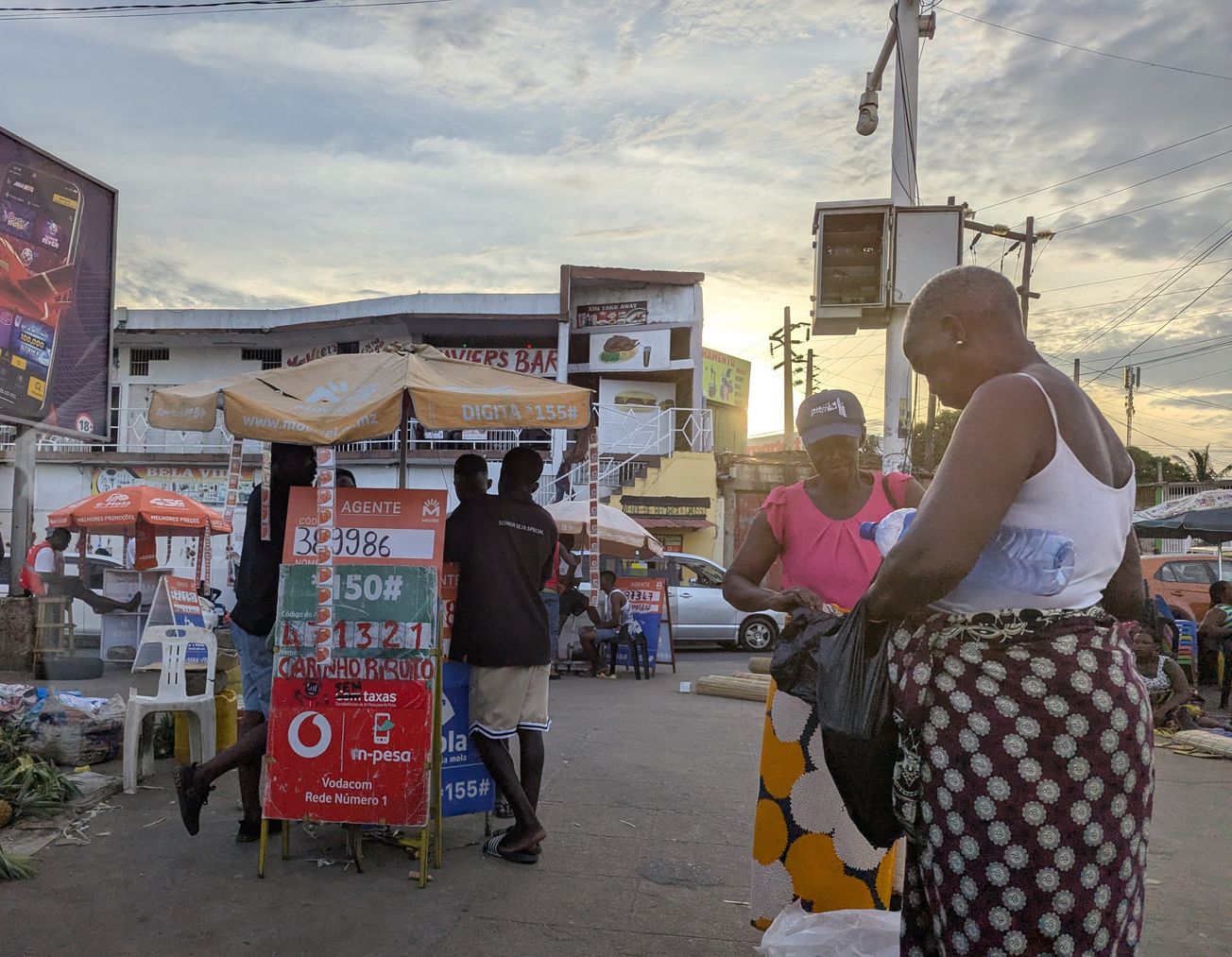Telecommunications giant MTN Group said it is in talks with several satellite service providers, including Elon Musk's Starlink, to expand its services to unserved areas across its operating market. Specifically, the company said there are ongoing talks with SpaceX's Starlink, with enterprise-grade trials underway in Rwanda and Nigeria.
The ongoing engagements with SpaceX's Starlink will look to boost decades of efforts to improve internet connectivity in Africa. The focus for MTN is remote locations away from the major cities, and to achieve this, MTN is considering satellites that orbit at Low Earth Orbits(LEO) to address this coverage deficit.

"To complement our terrestrial network – where the terrain can be difficult for radio sites and backhaul transport and sparse population distribution often makes regular cellular rollout uneconomical – we are now exploring the skies. Specifically, we are partnering for low earth orbit (LEO) satellite connectivity to connect the unconnected, extend mobile connectivity to more rural and remote areas and improve resilience," MTN Group Chief Technology and Information Officer Mazen Mroué said.
Satellites at low altitudes enhance network coverage and connectivity by primarily providing faster speeds since they are closer to Earth. By launching many of these into orbit, thereby creating a constellation, operators have managed to address the major hurdles associated with satellite technology.
Notably, MTN is also seeking to partner with other satellite communication companies, including OneWeb, Lynk Global, and AST SpaceMobile, to increase Internet connectivity in Africa's rural areas. The Chief Technology and Information Officer added that these partnerships would help the company achieve its goal of 95% broadband population coverage across its footprint by 2025, from 88% in 2022.










